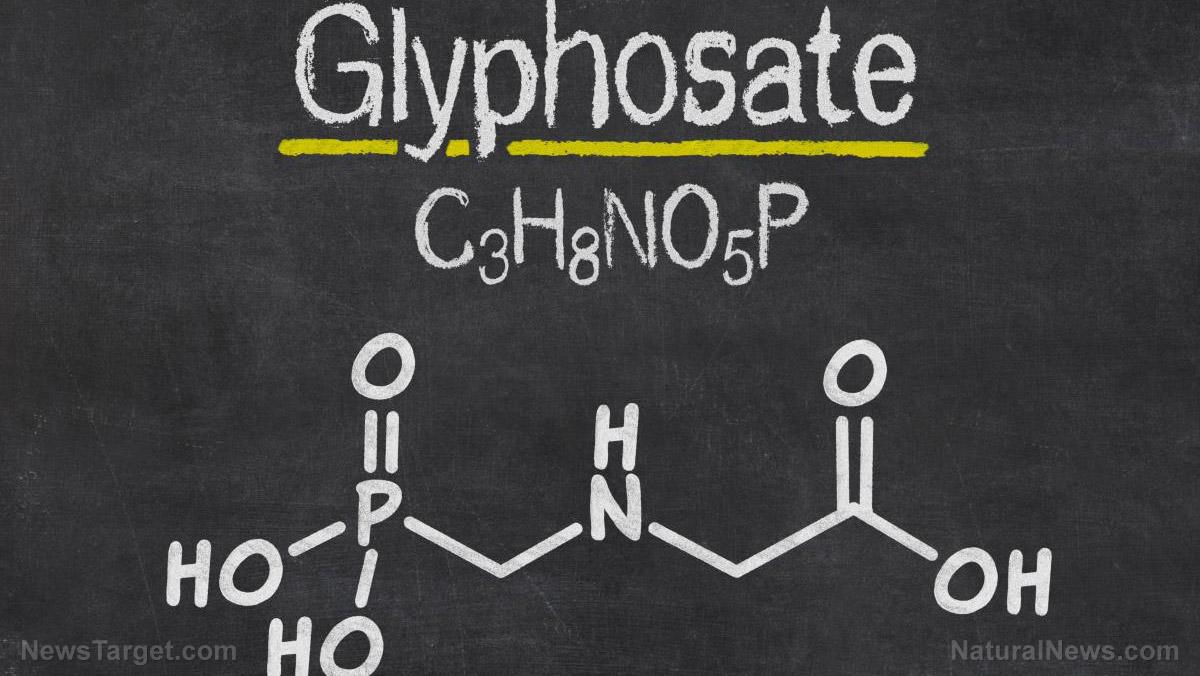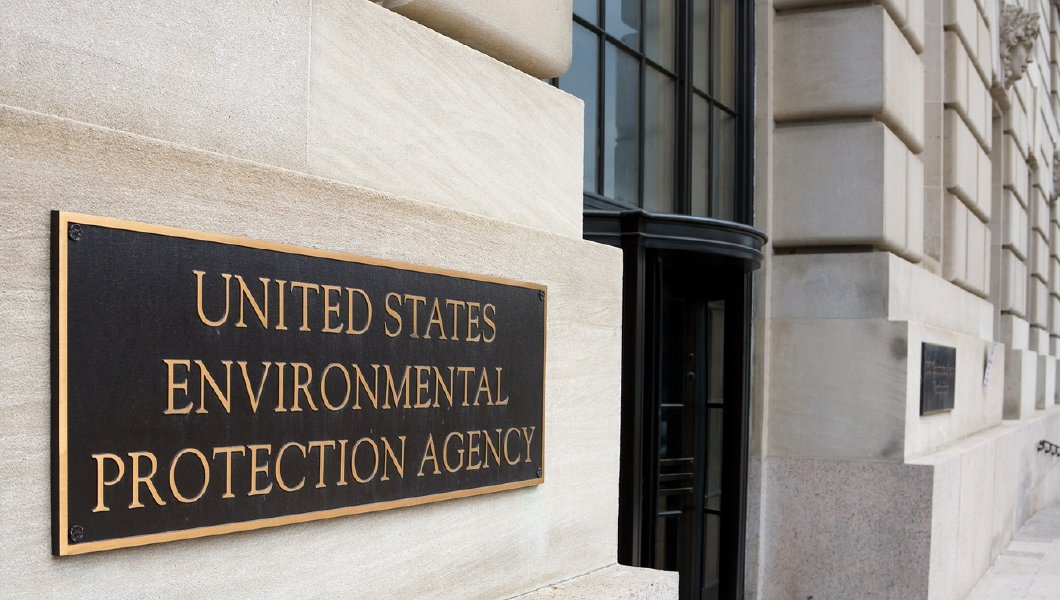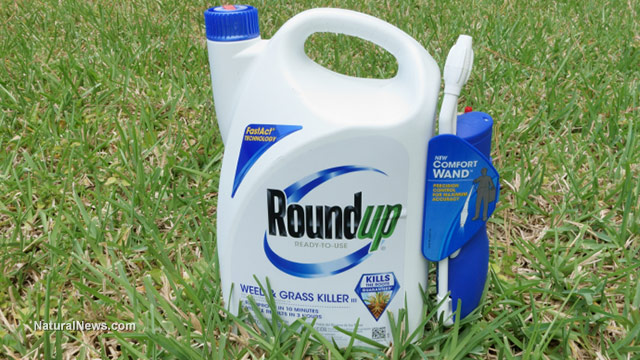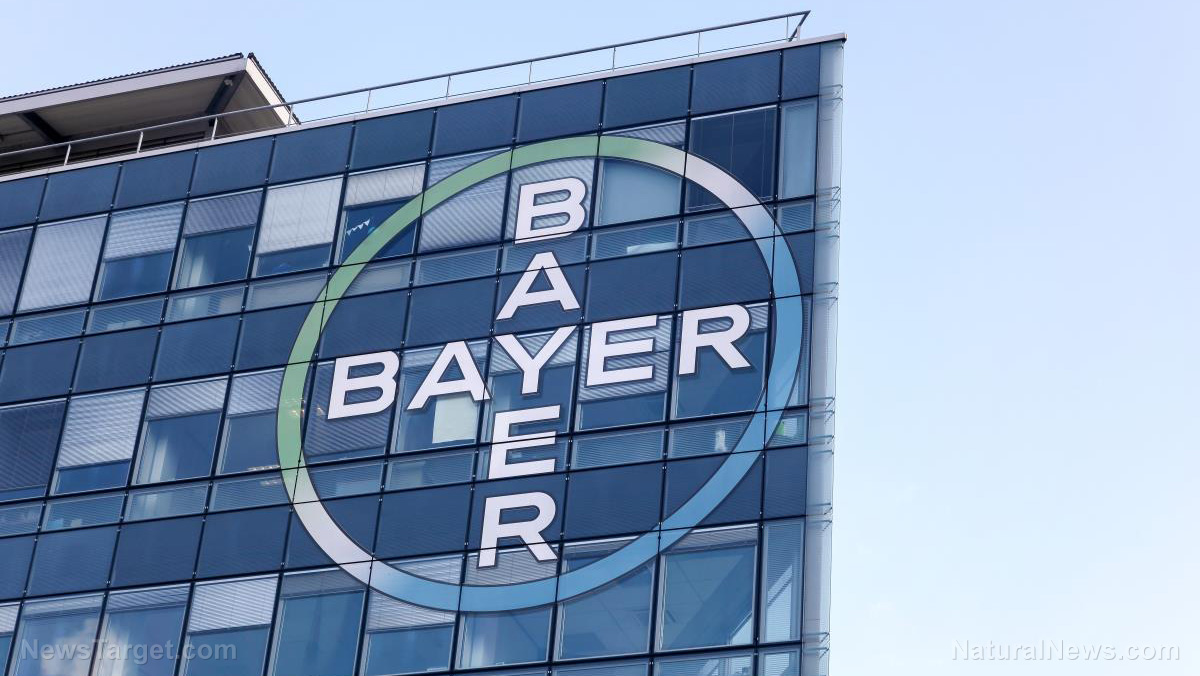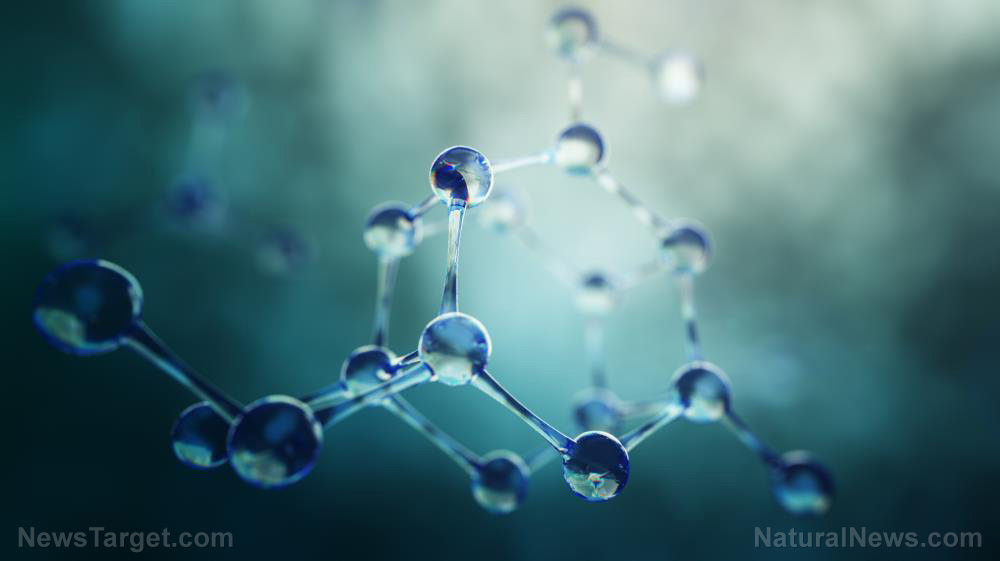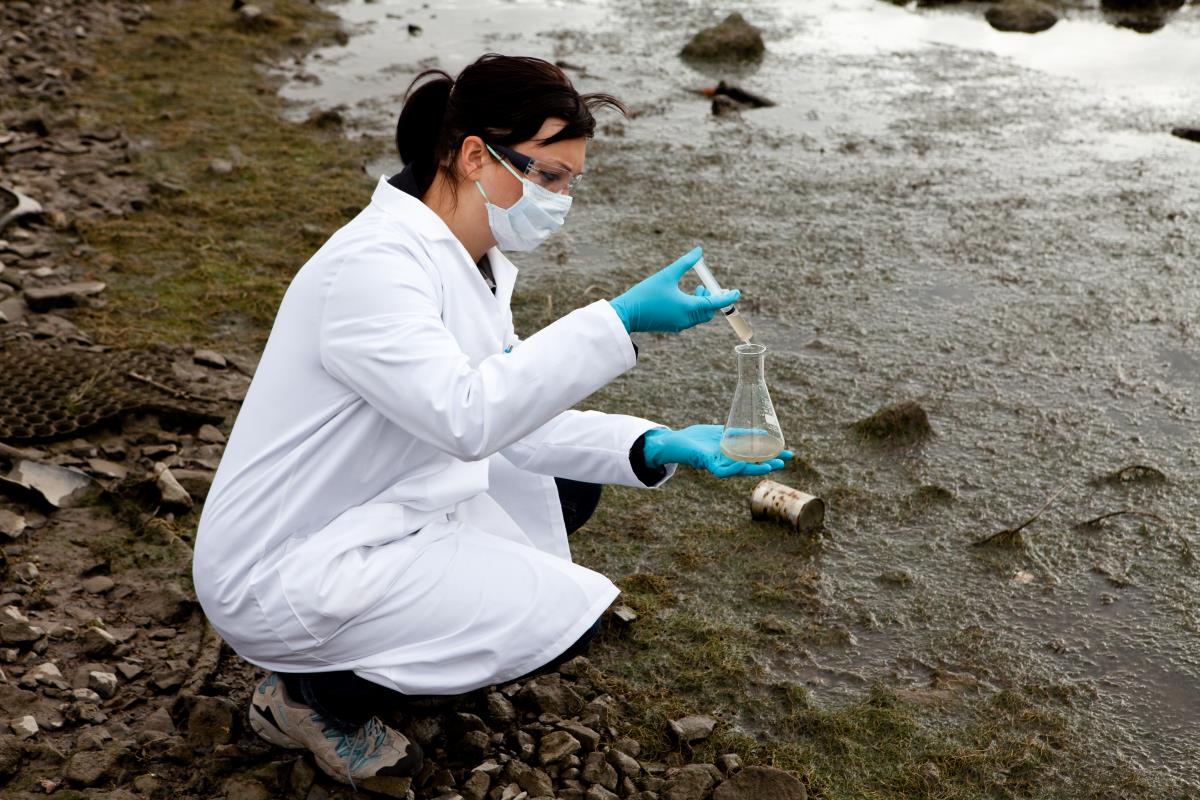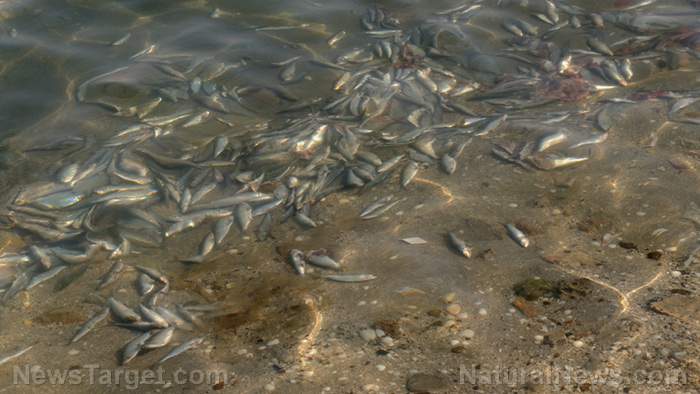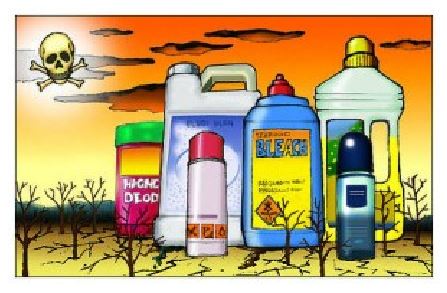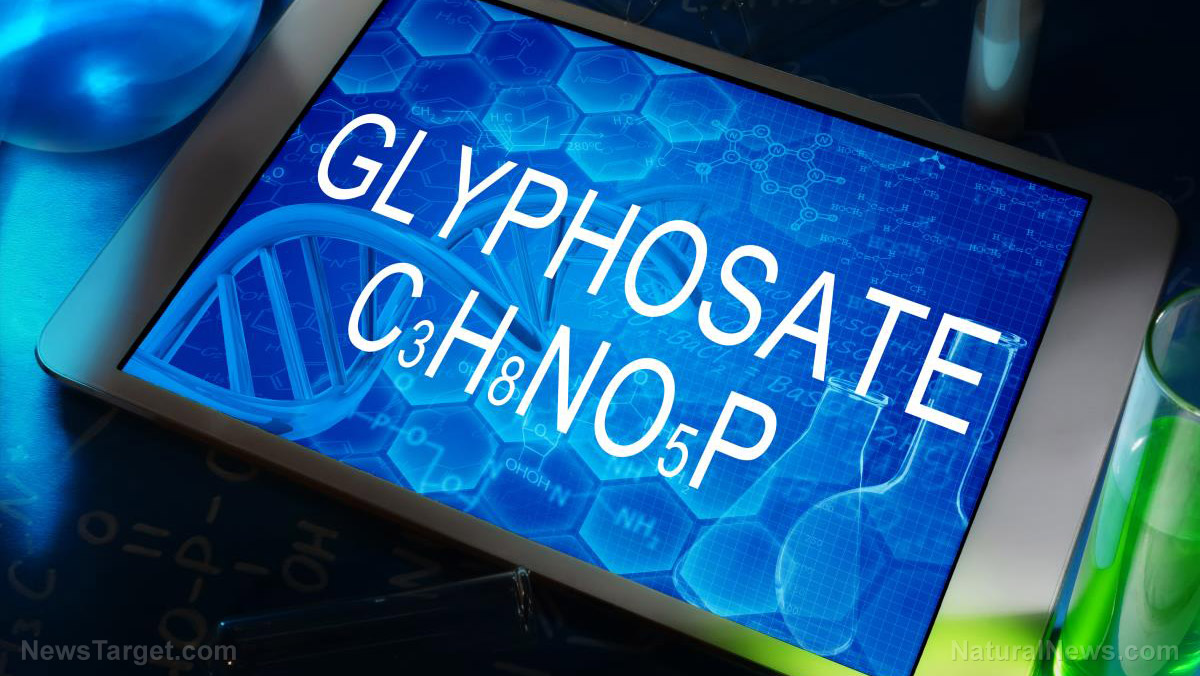Chemical reaction between pipe alloy and water disinfectants produce cancer-causing chromium in drinking water
12/13/2020 / By Virgilio Marin
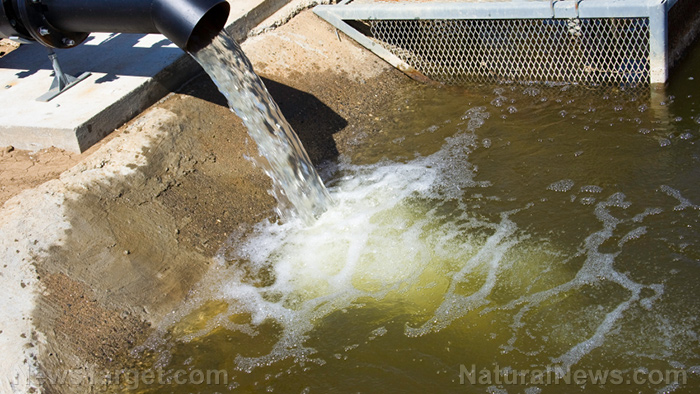
Researchers from the University of California, Riverside have found that pipe alloy can react with residual water disinfectants to produce cancer-causing chromium that gets mixed in drinking water. In a study published in the journal Environmental Science & Technology, the researchers said that chemical reactions can change chromium in water pipes into a form that creates genetic mutations in cells.
Pipe alloy plus disinfectants a cancerous combination
Chromium is a naturally occurring metal in the soil and groundwater. It is often added to iron to produce a corrosion-resistant metal alloy. Trace amounts of trivalent chromium (chromium-3) appear in drinking water, but this form of chromium is thought to have neutral effects on health.
However, co-author Haizhou Liu of UC Riverside’s Department of Chemical and Environmental Engineering suspected that the chromium found in drinking water might have come from chemical reactions with water disinfectants.
Such reactions can produce hexavalent chromium (chromium-6), a carcinogenic substance that found fame in a 1993 class-action lawsuit filed by Erin Brockovich against the Pacific Gas and Electric Company. The corporation used chromium-6 to reduce corrosion at its gas compressor station. However, the polluted waste water seeped into the ground, contaminating the drinking water in the California town of Hinkley and causing several cases of cancer.
Together with doctoral student Cheng Tan and postdoctoral student Sumant Avasarala, Liu obtained segments of two pipes that had been used for about five and 70 years, respectively. The researchers induced corrosion on the pipes and measured the amount and types of chromium present in the rust. They put the samples in hypochlorous acid, a popular disinfectant of the chlorine family that is typically used in water treatment plants.
Though the researchers are aware that water disinfectants can transform chromium-3 into toxic chromium-6, they did not expect to see the zerovalent chromium found in the pipes to transform into the toxic form so quickly. The team conducted modeling experiments to measure how much chromium-6 could come out of the tap under real-world conditions. The worst results occurred in drinking water with high bromide levels. Bromide is a toxic chemical used as a water disinfectant and pharmaceutical ingredient, among other things.
“These new findings change our traditional wisdom on chromium-6 control in drinking water and shine light on the importance of managing the drinking water distribution infrastructure to control toxic substances in tap water,” Liu said. (Related: Fluoride chemicals added to U.S. drinking water are unprocessed TOXIC WASTE; water fluoridation needs to end.)
The researchers are concerned about the increased use of recycled and desalinated water, both of which tend to contain higher bromide levels. The team recommended reducing the use of water disinfectants that react with chromium, as well as pipes with high levels of chromium alloy.
Toxic chromium contaminating America’s drinking water
The research is just one of the many studies that point to the alarming levels of chromium-6 in America’s drinking water. In a 2016 report by the Environmental Working Group (EWG), a nonprofit research organization based in Washington D.C., more than 200 million Americans are estimated to be drinking tap water that contains dangerous levels of chromium-6. The highest concentrations were in Phoenix, St. Louis County in Missouri and Houston.
The organization based the estimate on California’s public health goal of 0.02 parts per billion (ppb) for chromium-6. The state has the strictest safety recommendations for the pollutant, though the state’s public health goal was due for a five-year update when the report was published.
The EWG said that Americans’ current exposure levels can lead to 12,000 additional cases of cancer over time. Moreover, chromium-6 can cause childbirth complications, liver disease, kidney damage and lung diseases like bronchitis, among other things. (Related: Vitamin C and other antioxidants can prevent cell toxicity linked to the water contaminant hexavalent chromium.)
However, the Environmental Protection Agency (EPA) still has no separate guideline for chromium-6, according to EWG senior scientist David Andrews. The agency’s recommendation is 100 ppb for total chromium, which includes chromium-6 and the safe version, chromium-3. This means that the federal guideline applies whether it’s 90 ppb of dangerous chromium-6 and 10 ppb of safe chromium-3 or vice versa.
“There should be no carcinogen in water,” said Lynn Goldman, former EPA assistant administrator of toxic substances under former President Bill Clinton.
“The overall problem here is, what does it take for EPA to speed up its standard-setting process?” Goldman added.
Read more water health reports at Toxins.news.
Sources include:
Submit a correction >>
Tagged Under:
carbon dioxide, carcinogen, chromium, chromium 6, clean water, corporation, environ, hexavalent chromium, metals, poison, research, tap water, toxic chemicals, toxic water, toxins, water health
This article may contain statements that reflect the opinion of the author
RECENT NEWS & ARTICLES
Chemicals.News is a fact-based public education website published by Chemicals News Features, LLC.
All content copyright © 2018 by Chemicals News Features, LLC.
Contact Us with Tips or Corrections
All trademarks, registered trademarks and servicemarks mentioned on this site are the property of their respective owners.

